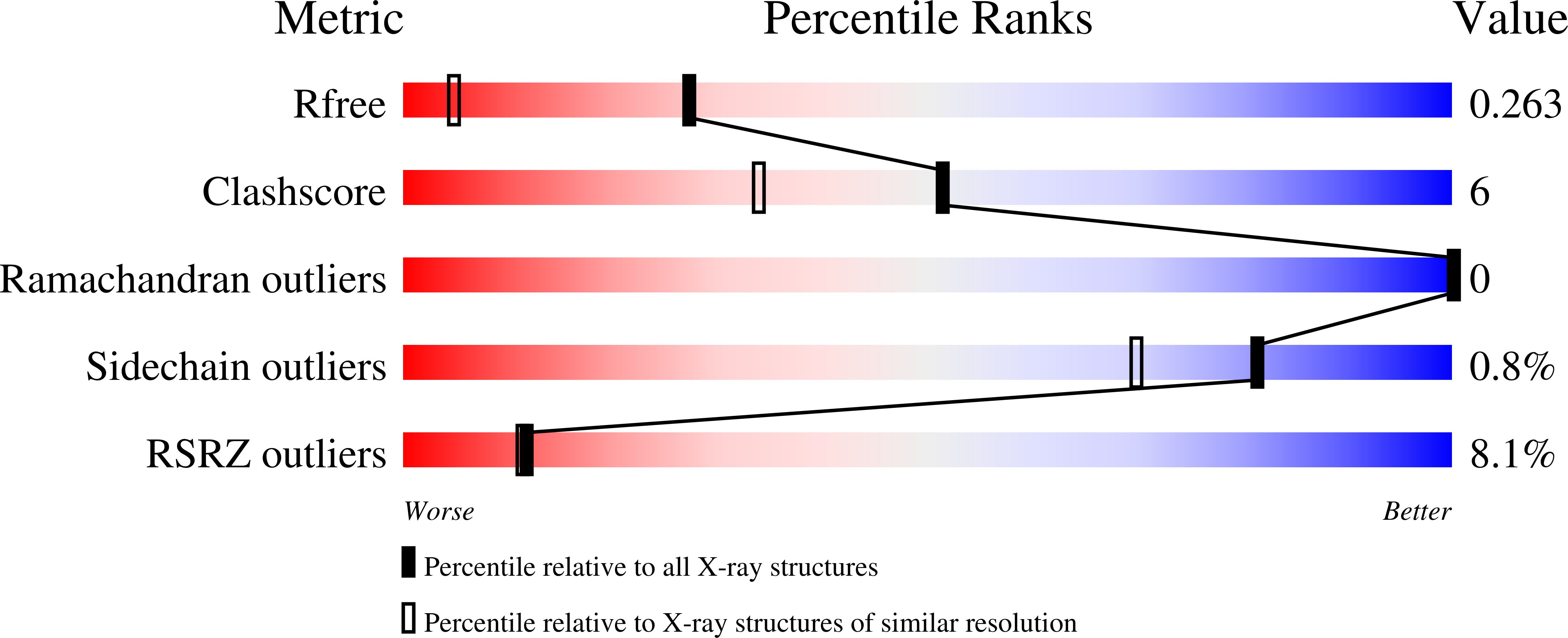Multiparameter Kinetic Analysis for Covalent Fragment Optimization by Using Quantitative Irreversible Tethering (qIT).
Craven, G.B., Affron, D.P., Kosel, T., Wong, T.L.M., Jukes, Z.H., Liu, C.T., Morgan, R.M.L., Armstrong, A., Mann, D.J.(2020) Chembiochem 21: 3417-3422
- PubMed: 32659037
- DOI: https://doi.org/10.1002/cbic.202000457
- Primary Citation of Related Structures:
6YL1, 6YL6, 6YLK - PubMed Abstract:
Chemical probes that covalently modify cysteine residues in a protein-specific manner are valuable tools for biological investigations. Covalent fragments are increasingly implemented as probe starting points, but the complex relationship between fragment structure and binding kinetics makes covalent fragment optimization uniquely challenging. We describe a new technique in covalent probe discovery that enables data-driven optimization of covalent fragment potency and selectivity. This platform extends beyond the existing repertoire of methods for identifying covalent fragment hits by facilitating rapid multiparameter kinetic analysis of covalent structure-activity relationships through the simultaneous determination of K i , k inact and intrinsic reactivity. By applying this approach to develop novel probes against electrophile-sensitive kinases, we showcase the utility of the platform in hit identification and highlight how multiparameter kinetic analysis enabled a successful fragment-merging strategy.
Organizational Affiliation:
Department of Life Sciences, Imperial College London, South Kensington Campus, London, SW7 2AZ, UK.















